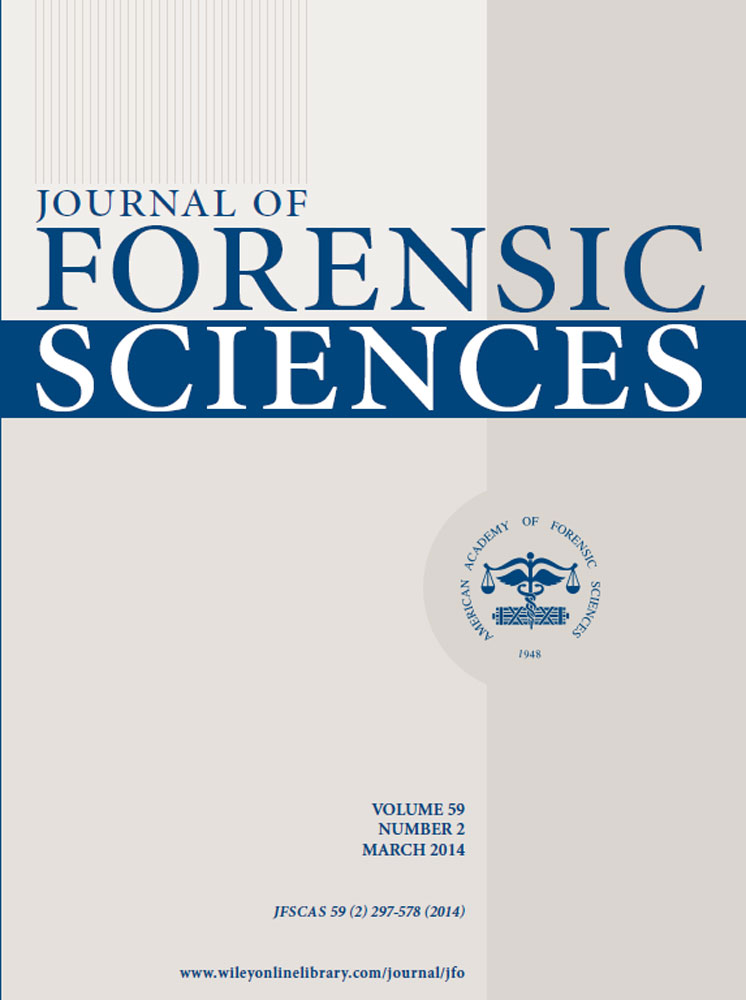Effect of Extraction Procedure and Gas Chromatography Temperature Program on Discrimination of MDMA Exhibits†‡§
Abstract
Analysis of impurities in seized MDMA tablets can be used to determine the synthesis method used and to identify links among exhibits. However, no standardized method exists to generate impurity profiles, limiting comparisons among different laboratories. This research investigated the effect of extraction procedure and gas chromatography temperature program on the resulting impurity profiles. Five exhibits were extracted using liquid–liquid extraction (LLE) and headspace solid-phase microextraction (HS-SPME), then analyzed using two different temperature programs. Profiles were statistically assessed using principal components analysis. While LLE was more reproducible, more compounds were extracted using HS-SPME, thus providing more informative chemical profiles. The longer temperature program (53 min vs. 36 min) allowed greater discrimination of exhibits, due to improved precision as a result of an extended hold time (12 min). This research further highlights the need for standardized extraction and analysis procedures to allow comparison of chemical profiles generated in different laboratories.




